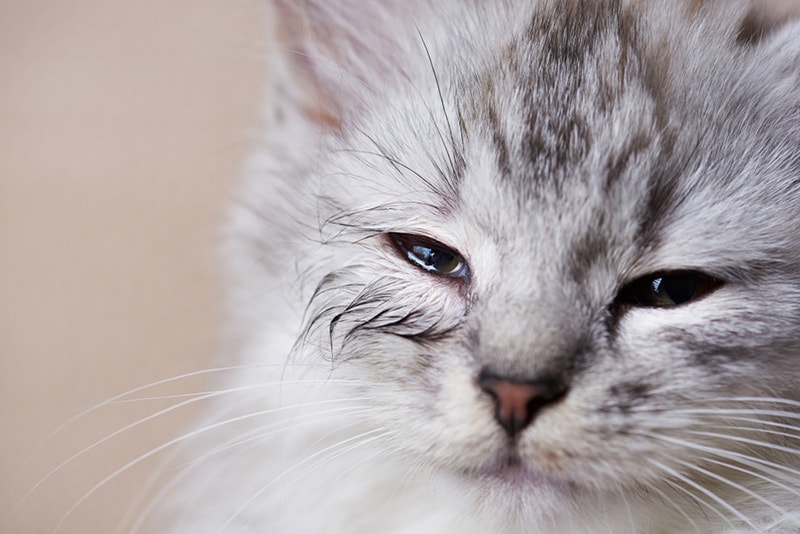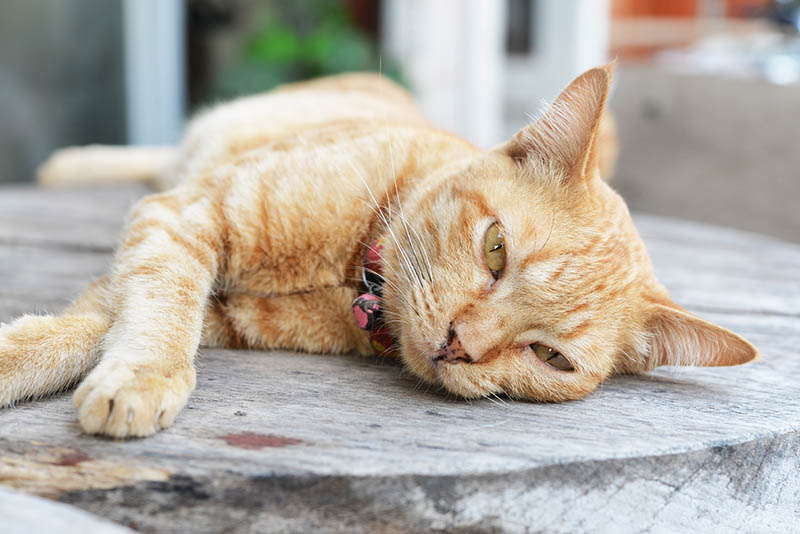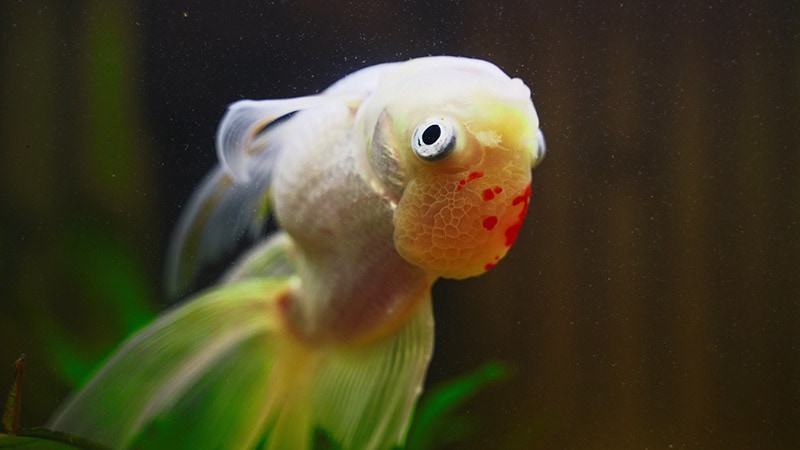Why Do Cats Chase Their Tails? Behavioral Reasons & Advice (Vet Answer)
By Dr. Paola Cuevas, MVZ (Vet)
Updated on
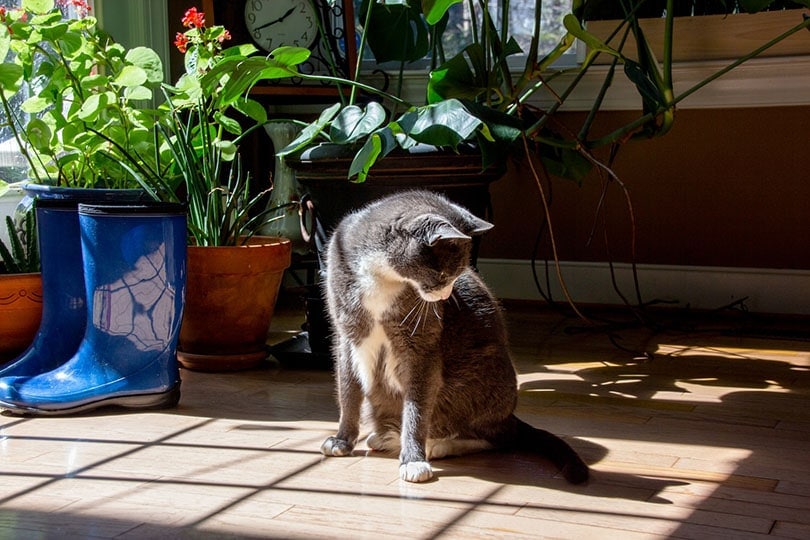
We would have to admit that watching a cat chasing their tail looks funny. In the case of kittens chasing the tail, this is considered a normal behavior; it seems to be a playful behavior that helps kittens practice and develop their hunting skills. The occasional chasing of the tail on an adult cat is usually considered harmless. However, if you notice your cat is chasing their tail regularly, this can be an indication of a medical issue.
What Causes a Cat to Chase Their Tails?
- Behavioral issues
- Medical issues
What Kind of Behavioral Issues Causes a Cat to Chase Their Tail?
Anxiety and Stress
Anxiety in cats is a recognized cause of a large number of behavioral and medical issues. If you notice that your cat has recently started to chase their tail frequently, try to identify if there is any potential cause of anxiety. Cats are creatures of habits, and sometimes the smallest changes in their habitual environments or routines can cause them to suffer from anxiety.
If there is any change in the physical or social environment, this might be the cause of the problem. The social environment of a cat includes yourself, the other humans in the house including regular visitors, other cats in the house, and other pets in the house. Changes in the size, age, and reproductive status of different cats in the same household can affect the social structure between them.
Boredom
Cats like any other living creature need mental and physical stimulation. Many behavioral problems have their origin in plain boredom. Even extreme, aberrant, self-mutilating behaviors sometimes can be traced back to plain boredom.
Tips to Keep Your Cat From Getting Bored
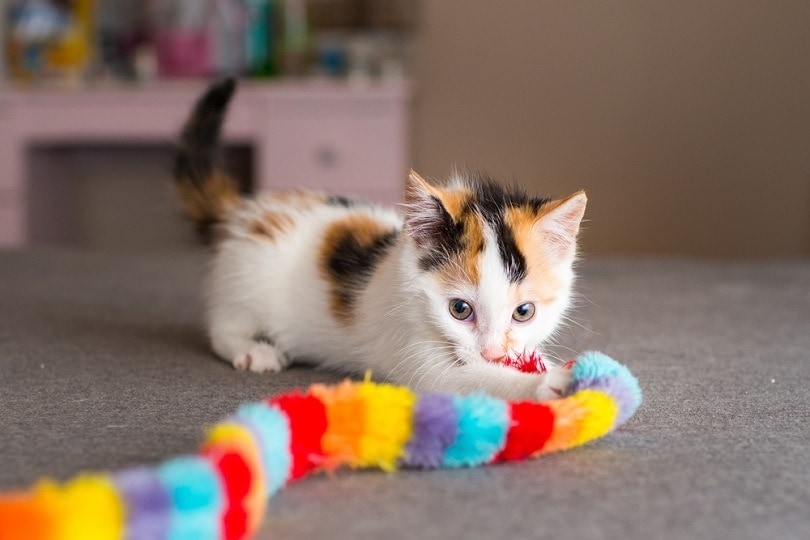
Engaging in playtime and providing variety and enrichment to the cat’s environment should be part of the regular daily care for your cat. A very useful tip is to have a regular rotation to the access of the toys that your cat enjoys. This will keep the toys interesting to your furry friend whenever available.
It is also very important to provide your cat with an environment that allows fun and stimulation of their senses. A cat scratcher like Hepper’s could have the double function of saving your furniture from the paws of a bored cat while allowing them to have some physical and mental stimulation. A variety of food treats that are hidden in unexpected places go a long way as well, just make sure to clean any leftovers on a daily basis.
What Else Can I Do to Stop My Cat From Chasing Their Tail?
If you notice your cat has started to present this aberrant behavior regularly, it is always recommended to take your cat for a veterinary check. In this way, you can rule out the possibility of any medical condition causing this aberrant behavior. Record as much information as possible about the case and share it with your veterinarian.
Questions to Prepare for the Vet
The following are some guiding questions you can prepare to help your veterinarian have a complete history of the case:
- When did you first notice your cat starting to chase their tail?
- How often does the cat engage in this behavior (frequency and duration)?
- Did you notice any change in the physical or social environment of the cat?
- Has there been any change in your routines? For example, a new job changes the normal times you are around home.
- Do you have other cats in the same household? And if yes please specify gender and relative information.
- What kind of food does your cat eat?
- When was the last time your cat was dewormed?
- Has the cat suffered from fleas or other external parasite infestations before?
- Have you noticed any change in the frequency of your cat’s feces or the cat showing signs of pain while defecating?
- Has the cat experienced any trauma or injuries to their tail or back end?
What Can You Expect at the Veterinary Consultation?
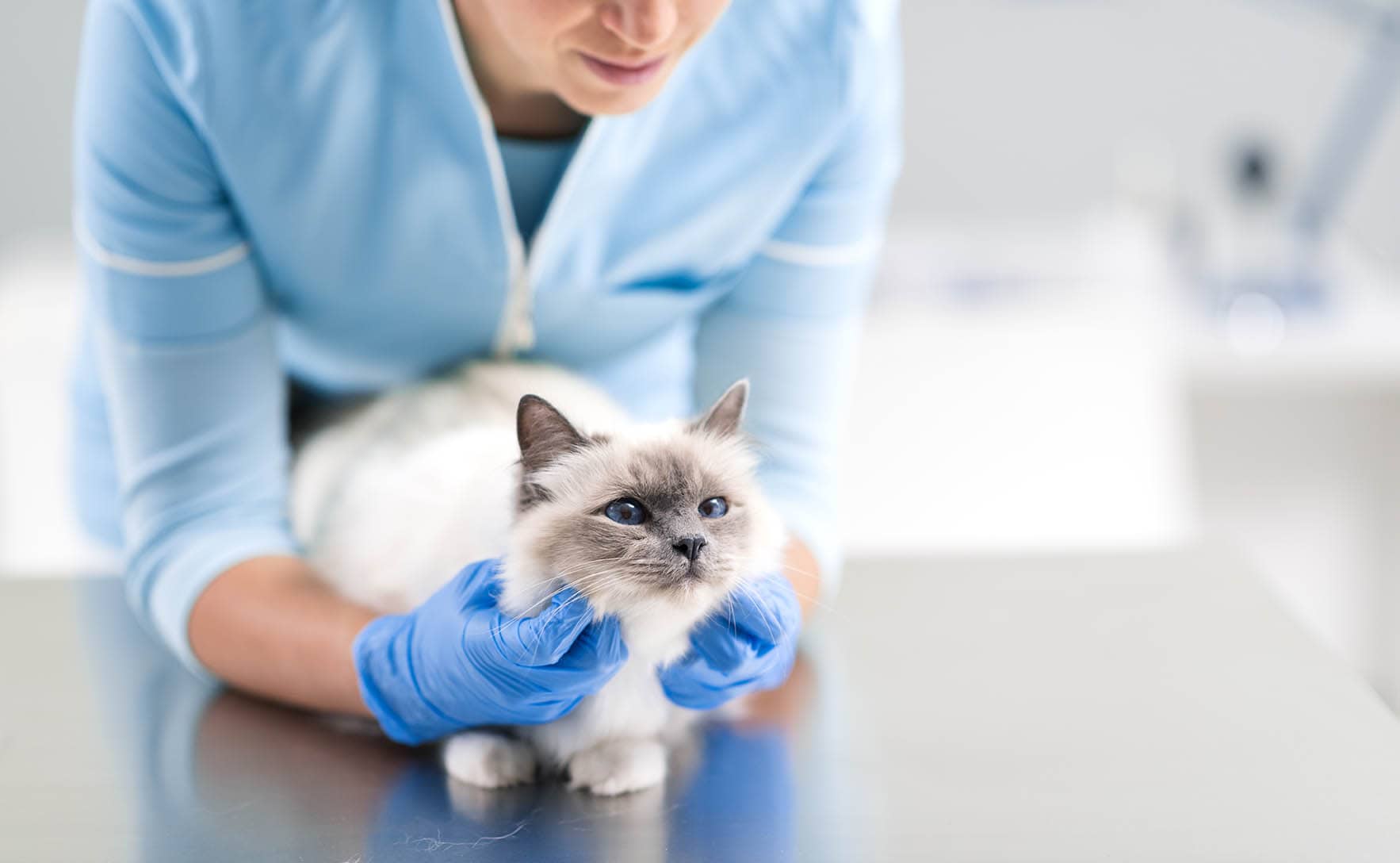
After looking at their medical history, the veterinarian will proceed to do a physical examination of your cat, and they will check the tail, back, skin, and perianal area. The veterinarian might suggest a blood sample, a skin scrape, and possibly also a fecal sample of the cat. With this information, the veterinarian should be able to know if the condition is caused by a medical issue or if it is behavioral.
What Kind of Medical Conditions Causes a Cat to Chase Their Tail?
- Trauma
- Wounds
- Pain
- Inflammation
- Allergies
- Internal or external parasites
- Impacted or infected anal glands
- Hyperesthesia
Final Verdict & Possible Vet Prescribed Treatments
The veterinarian’s prescription will be depending on the results of their observations and the diagnostic tests. Your cat might be prescribed oral medications such as pain management medication, anti-inflammatories, dewormers, antihistaminic, or corticosteroids. It is also possible that they recommend starting your cat on a monthly spot-on anti-flea treatments. If the problem is the infection or impaction of the anal glands, your cat might require the manual emptying of the anal glands’ contents. Always follow your veterinarian’s recommendations with regards to medical treatments and please never try to medicate your cat without professional advice.
Have your own question?
Submit your own question about proper cat nutrition, behavior, or training and a veterinarian will give you an answer during the next 24 hours.
Featured Image Credit: Salomé Guruli, Unsplash




